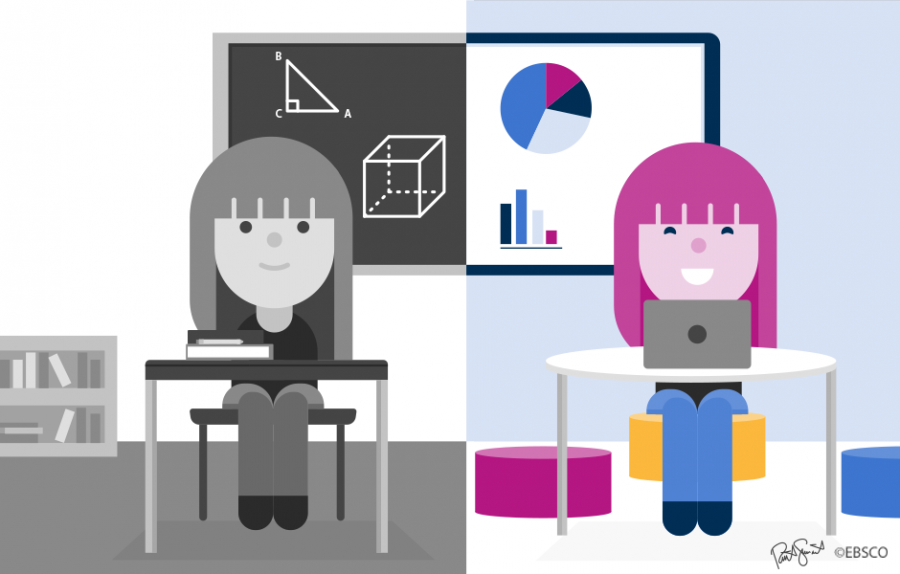Technology Usage in Schools
February 4, 2020

The younger generations have grown up surrounded by new technological inventions in their lives. Those born from in the 2000s and earlier would rely on lullabies or reading books to calm down as a baby. On the contrary, the babies born in the 2010s rely on smartphones or tablets with their favorite show on-demand playing to calm down.

Now, traditional school ways of teaching, such as worksheets and paper tests, are being replaced by technology starting in elementary schools. Many argue that students are not able to learn the material properly. For example, there were plenty of hands-on activities in science classes, but now many teachers have students do simulations on computers that showcase the experiment. Without making the mistakes or setting up experiments themselves, students are practically playing with the online tools. Additionally, incorporating the use of technology in the curriculum won’t allow students to think for their own. By having all the knowledge in the world with one simple online search, they will get used to having everything handed to them. This mindset created will prohibit these students from working efficiently in the real world.

Currently, high schools have a healthy balance between traditional teaching ways versus the new technological approach. After a couple of trial years, over 20 states have now incorporated the Smarter Balanced Assessment Consortium, which is taken on computers. On the other hand, elementary schools have assimilated an increased amount of technological systems. Numerous schools have even invested in tablets or personal assigned computers for each of their students as well, such as Huntington Beach High School. It is more just for students to be required to use that method if they have been using it since elementary school, as they would be more used to it compared to those who were required to use it in their teenage years.

The technological approach also has its benefits. By having everything be on computers or tablets, schools preserve a lot of paper, which helps the environment. Although it is a big investment to have personal technological devices for each student, schools will end up saving money after a couple of years, if they eliminate almost all paper use. Also, with a rapid advance towards the future, technology will be used everywhere, so it is good to start adapting to it.
All things considered, students should have the freedom of choosing whether to do their assignments/assessments on paper or through technology. This concept goes mainly towards those in middle and high schools who were not born with much technology in their elementary school years. It is unfair for students to be restricted and penalized to use one way of teaching, which is mostly technology these days. It is exceedingly more important to see which teaching routes, whether it be traditional or technological, help the kids learn rather than forcing them to accommodate to the technological approach made by adults.











